

Have you been wondering when are the best times to ski in Japan? You need to ask yourself, are you looking for that deep, deep powder snow that Japan is famous for, its #japow, or would you prefer to ski Japan on those beautiful blue bird days, or are you just after a cheap Japan ski package? Below is a guide to help you decide when to ski in Japan.
Normally you can expect the Japan snow resorts on Hokkaido, Japans most northerly island such as Niseko, Furano and Rusutsu to be colder, have higher percentages of precipitation and have fewer sunny days than the resorts on Honshu such as Hakuba, Myoko Kogen and Nozawa Onsen. When you are deciding where to ski in Japan, this is worth taking into consideration.
To give you an idea of when will be the best times to ski in Japan, check out our guide below which may help you decide. The figures below are closer to the Hokkaido averages. Photo credit: Tomamu
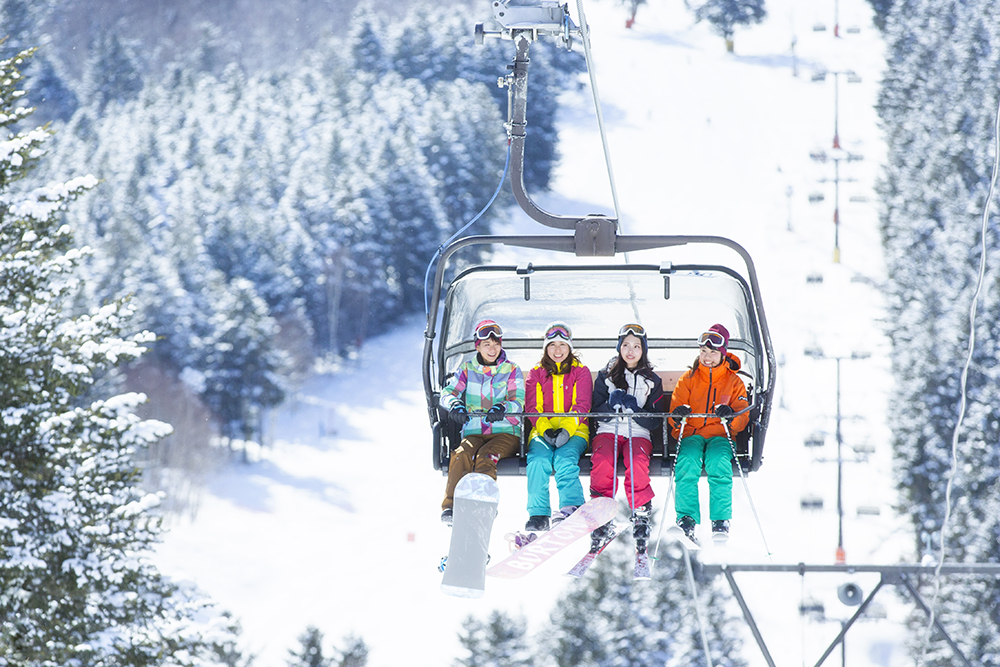
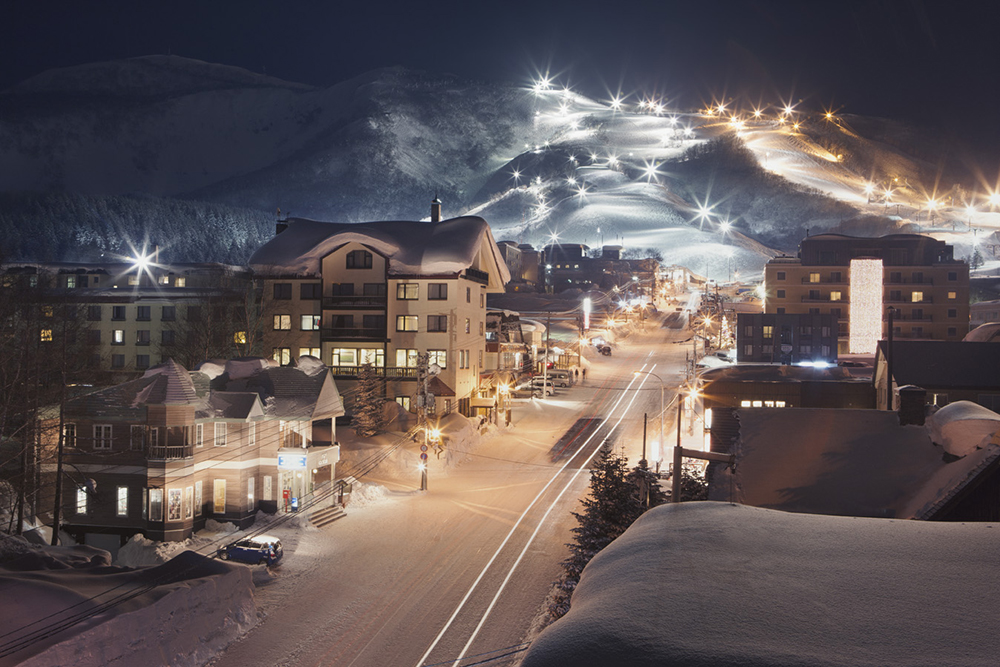
Photo credit: Night skiing in Niseko
The weather is usually not too cold, by Japans standards anyway. The days are likely to stay above 0° but the nights generally dip below. During this time, December is known for high averages of precipitation with big storms rolling through giving the resorts their much-wanted base. At this point though, there is no guarantee to how much of the resorts will be open. The higher peaks should be covered, but the lower runs may not be. The resort facilities such as restaurants, shops and non-ski activities may not be fully operational until Mid-December. Early to mid-December is the time where you will find some cheap accommodation packages and lift ticket deals. The resorts are relatively non-crowded and lift lines are non-existent. That is however, until the holiday period starts. The resorts that offer night skiing, usually offer this from Mid-December.
If you were wondering what the ski season was like over Christmas and New Year’s period, expect to pay a premium in accommodation and lift tickets. Be sure to prepare yourself for the resorts to be crowded with long lift lines. It is advisable over this period to make reservations at the popular restaurants in advance.
Photo credits: Fireworks in Tomamu.
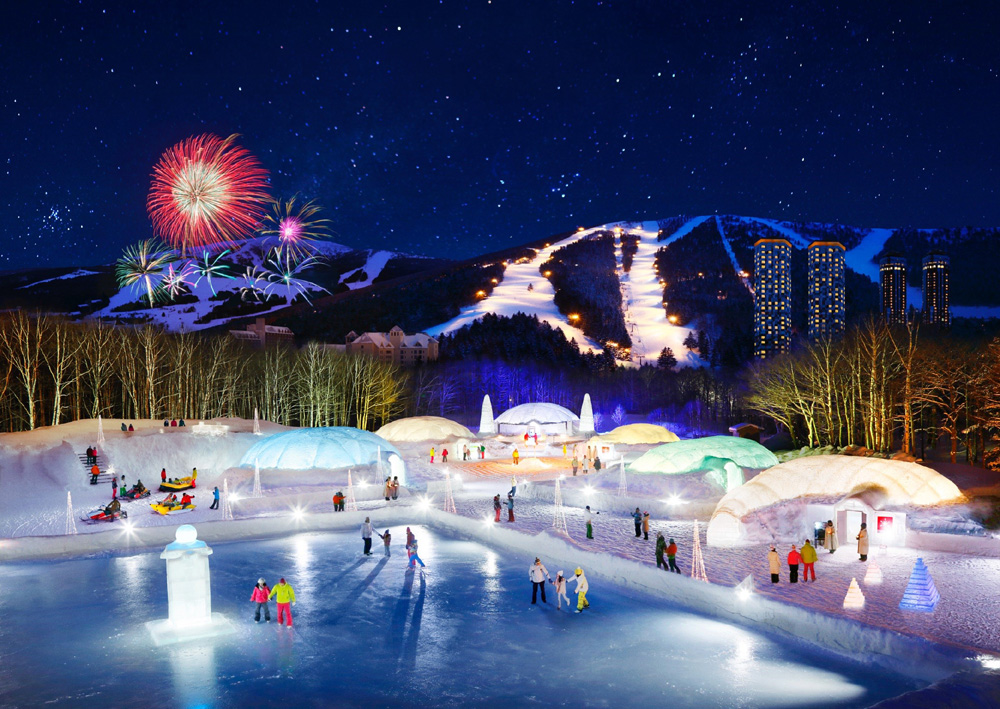
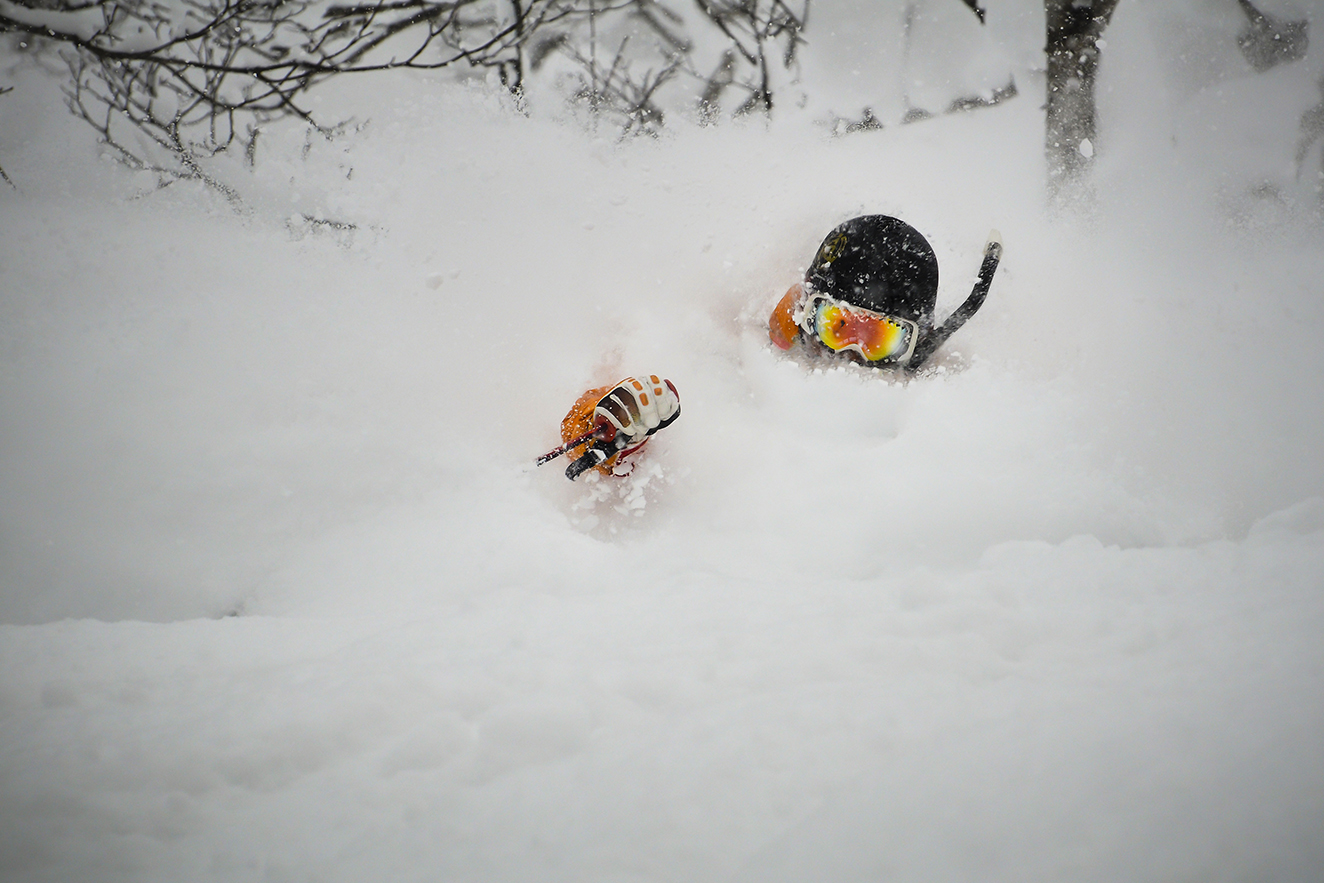
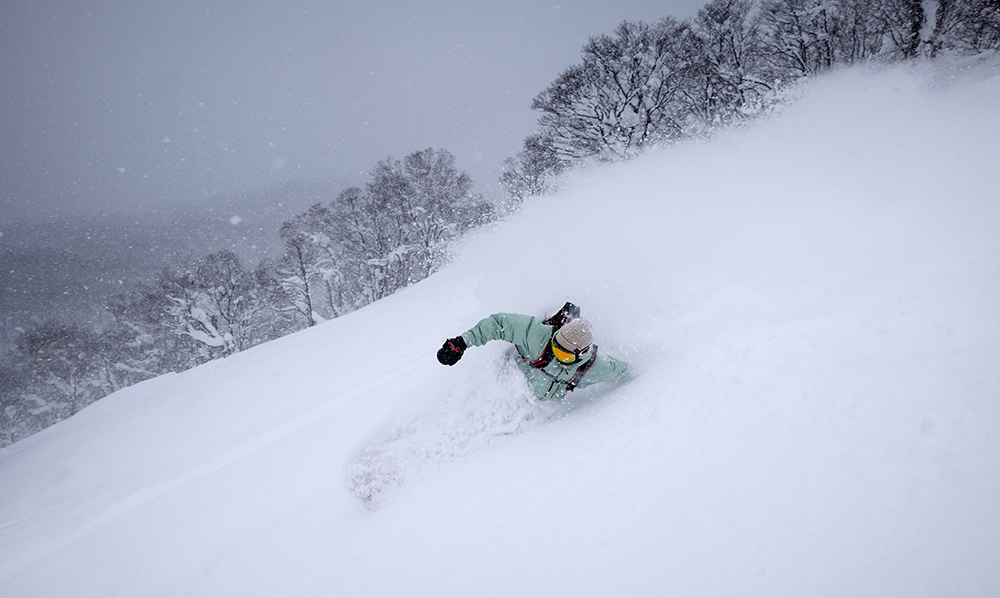
Just as the New Year’s period ceases, and the crowds disperse somewhat, the snow turns on. January brings the coldest month, highest amount of precipitation, the least amount of sunny days and the crowds. This is possibly the best time to ski in Japan, you can generally expect an abundance of that famous Japanese Powder snow, aka #japow. With the consistent storms rolling through, expect temperatures to stay in the minuses day and night so dress accordingly, add the wind-chill factor and the mountains can feel extremely cold. This is the best time to go for that famous Japanese powder snow and tree skiing. Be prepared for lift lines and for the mountain to be busy. Accommodation is at a premium over this period and will book out earlier than over other periods. To avoid disappointment, book early. At this time of year, the resorts are buzzing, this is prime time. It is advisable to book restaurants and non-ski activities in advance over this whole period. If you can time your holiday after the New Year’s period and before Chinese New Year, you’ll be winning. Chinese New Year normally falls between late Jan – mid Feb. Accommodation is at its peak and resorts become very crowded. The ski hills however, are relatively uncrowded, especially if you avoid the groomers and stick to off-piste.
Photo credit: Typical Niseko powder shot & Kiroro
February continues to deliver decent snowfalls with temperatures in the minuses, although the storms are not as persistent and as cold as in January. After the holiday Chinese New Year period ends, accommodation is more affordable, the crowds disperse slightly and it is still an exciting time to ski and snowboard in Japan. The resorts are still busy due to the quality of the snow but the lack of international holidays calms things down a bit. By the end of the month, Bluebird days begin to shine through revealing the spectacular alpine vista. The popular restaurants and activities will still require advance reservations but on a whole, restaurants are not as busy as what they were in January. Accommodation is slightly cheaper than in January, but not significantly. This is still a very popular time to travel and accommodation will sell out early due to its popularity.
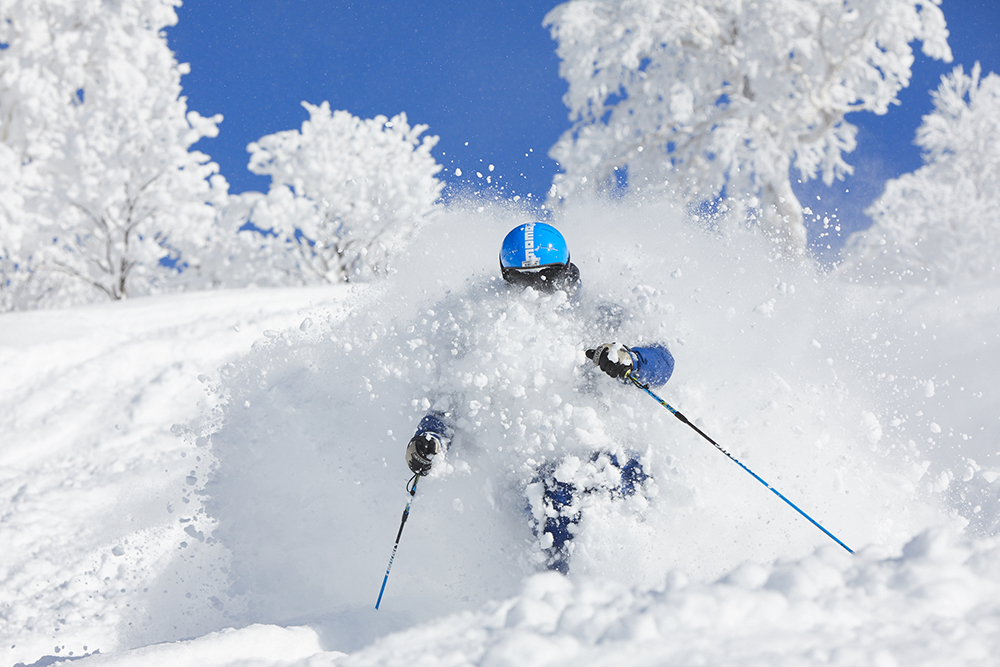
Photo credit: Kiroro's powder snow
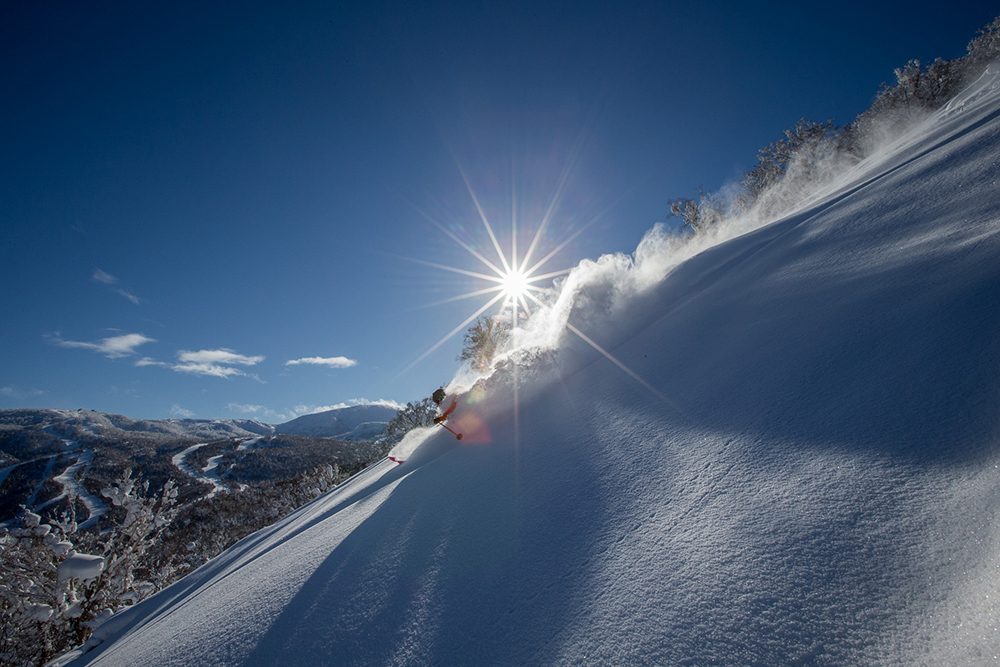
Photo credit: Perfect blue bird day in Kiroro
Who doesn’t love spring skiing? March is like a Kinder Surprise. You know there is something good inside but you just don’t know what until you open it. It is just like spring skiing, it is going to be good but you just don’t know how good until you are there. Days are warmer, sunnier and longer but there is still a great base and enough snowfall for fresh tracks. By now, the severity of the storms has backed off so there is time to enjoy those bluebird days. Saying that though, it is not uncommon for impressive storms to pass through dumping more than enough snow. The days will start to stay above 0° with the nights staying below. March is the best time to ski in Japan for learners and even those who are about to experience Japan for their first time and are intimidated by the large dumps of snow received in Jan-Feb. Accommodation is at a shoulder period and a lot cheaper than the peak time. The resorts are not as crowded and lift lines not as noticeable.
It is all coming to a close by this stage, with the warmer days and nights staying above 0°, the snow begins to melt away. Accommodation is cheap, the days are longer, but you are not going to see a lot of new falls as in the previous months. The resorts will appear a little quieter with some restaurants, shops and non-skiing activities closing by this point. It will pick up again over the Easter/spring holiday break. The popular restaurants will still require reservations, but availability generally is not a problem. Some of the smaller lifts will start to cease operating but lift lines outside of the spring holidays are not an issue. Night skiing generally will not be operating by this point. This is a great time of the season for learners with the groomed runs well maintained. You will still see countless locals on the mountain with nothing more on than t-shirts and pants getting in their final turns before the next season. With the sunny days, this is the perfect time to snap some stunning alpine shots.
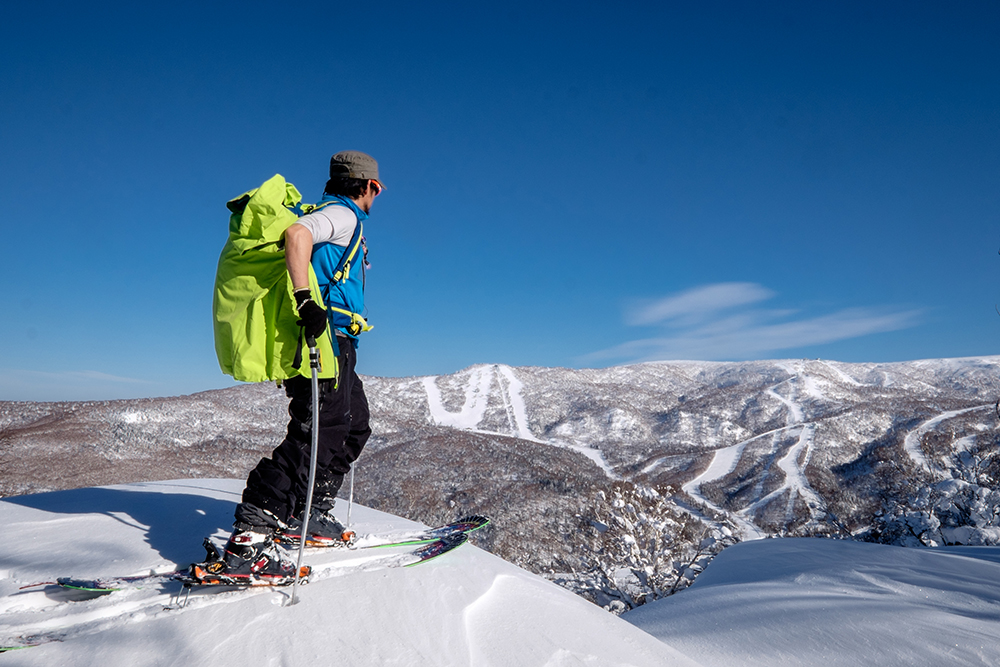
Photo credit: Late season in Kiroro
Book early! The best specials, free night offers and free lift tickets deals are normally available for a short time just as the current ski season closes, between March-May. That is the time to plan ahead and book for the next Japan ski & snowboard season. Weekends are busier than mid-week, try and plan your trip around mid-week skiing. A snow holiday in Japan is more than just that, be sure to experience the local cuisine, customs and attractions. Properties right in the village centre, moments from the slopes will charge a premium, more affordable options are properties slightly out of the village but still on the shuttle bus routes.
The above is just a general guide based on what we have seen over previous seasons. We can’t predict exactly what Mother Nature will deliver each year. The resorts will aim to open and close on a certain date but the conditions at the time will essentially dictate what happens. One week may be phenomenal and the very next dismal. The snow quality at each resort does vary, generally the resorts on Hokkaido receive much lighter, dryer powder snow compared to the resorts on Honshu. The individual resorts location and elevation have a profound influence on how much snow is received.
For additional guidance on where to ski in Japan and when the best time to ski in Japan is, our Travel Professionals can help so please contact us today.